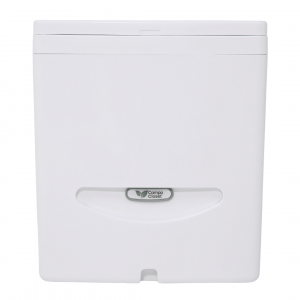Toilets
Toilets
-

Air Head Standard Composting Toilet
1.290,00 €incl. VAT
-

Air Head Marine Composting Toilet
1.290,00 €incl. VAT
-

Air Head Composting toilet “Tejo Edition”
1.290,00 €incl. VAT
-
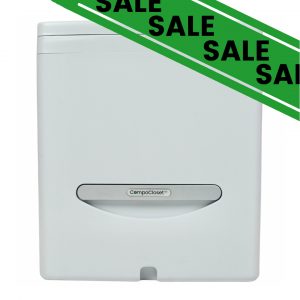
Cuddy™ portable composting toilet
595,00 €incl. 19% VAT
-

Separett Tiny Trenntoilette
ab 879,00 €incl. VAT
plus shipping costs
-

Arwinger Cassette Separating Toilet Kit
ab 1.199,00 €incl. VAT
ACCESSORIES
-

Etteliot S Urine nebuliser
950,00 €incl. 19% VAT
plus shipping costs
-
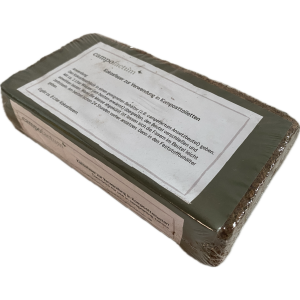
Coir fiber block
ab 3,30 €incl. VAT
plus shipping costs
-
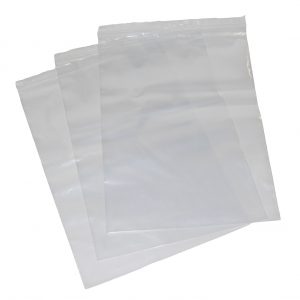
Preparation bag set of 3
5,00 €incl. 19% VAT
plus shipping costs
-
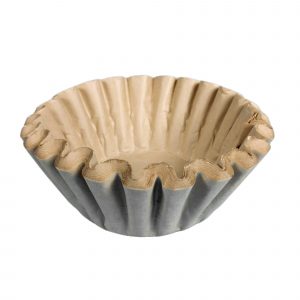
Bowl liner
3,00 €incl. 19% VAT
plus shipping costs
-
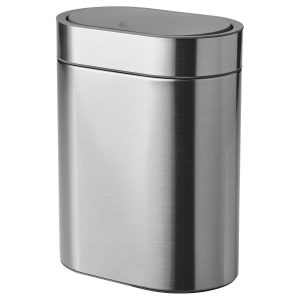
Waste bin
29,50 €incl. 19% VAT
plus shipping costs
-
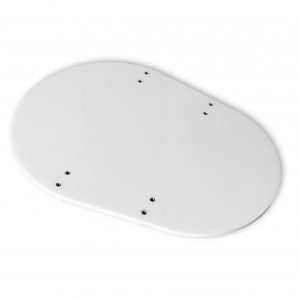
Air Head mounting plate with threaded bushings
99,00 €incl. 19% VAT
plus shipping costs
-
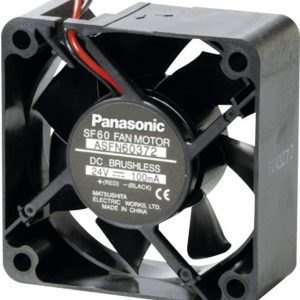
Air Head 24 Volt Fan
30,00 €incl. 19% VAT
plus shipping costs
-

Air Head 12 Volt Fan Noctua A6x25 FLX
25,00 €incl. 19% VAT
plus shipping costs
-
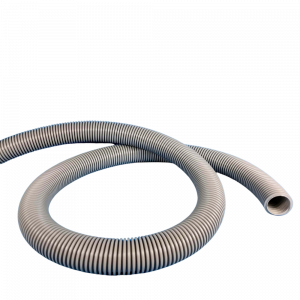
Air Head Vent Hose
ab 16,00 €incl. VAT
plus shipping costs
-

Air Head Exhaust Set 90
15,00 €incl. 19% VAT
plus shipping costs
-

Air head connection external urine tank
15,00 €incl. 19% VAT
plus shipping costs
-
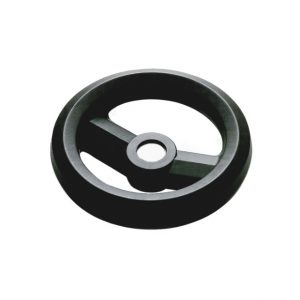
Air Head Handwheel
34,50 €incl. 19% VAT
plus shipping costs
-

Air Head fan housing
47,00 €incl. VAT
plus shipping costs
-
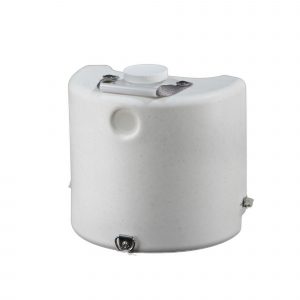
Air Head Liquid Bottle
63,00 €incl. VAT
plus shipping costs
-
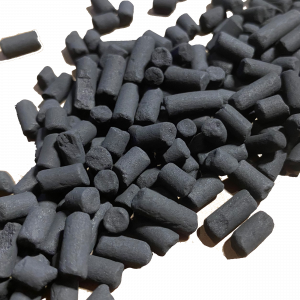
Activated carbon pellets
3,00 €incl. 19% VAT
plus shipping costs
-
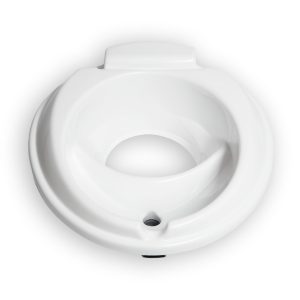
Arwinger Cassette Separator ToiletKit Seat Part with Separator Function for Thetford
ab 649,00 €incl. VAT
plus shipping costs
-
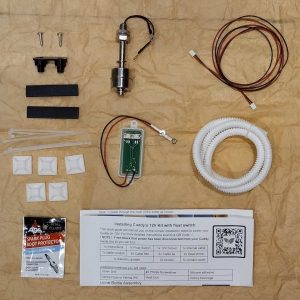
Cuddy 12 volt kit
35,00 €incl. 19% VAT
plus shipping costs
-

Cuddy stainless steel hinges
39,00 €incl. 19% VAT
plus shipping costs
-
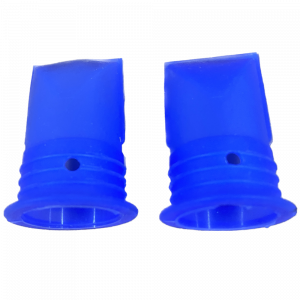
Cuddy replacement valves
13,50 €incl. 19% VAT
plus shipping costs
-
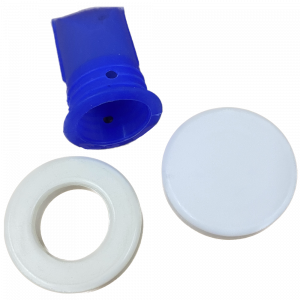
Cuddy™ trap
12,00 €incl. 19% VAT
plus shipping costs
-
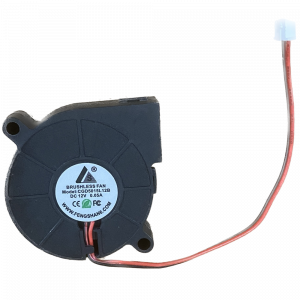
Cuddy™ fan
24,50 €incl. 19% VAT
plus shipping costs
-
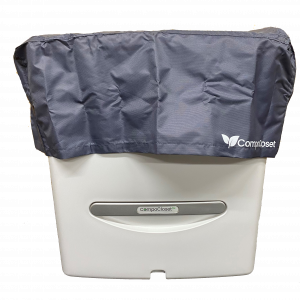
Cuddy™ protective cover
9,90 €incl. 19% VAT
plus shipping costs
-
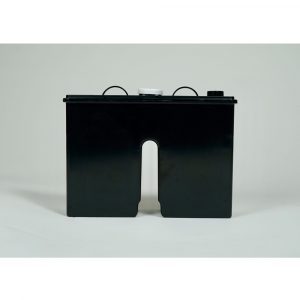
Cuddy™ urine container 6.5 liters
59,50 €incl. 19% VAT
plus shipping costs
-
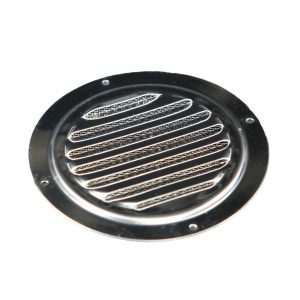
Gill plate
18,00 €incl. 19% VAT
plus shipping costs
-

PET spray bottle
2,50 €incl. 19% VAT
plus shipping costs
-
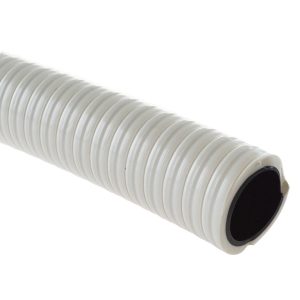
Sanitary hose by the meter
ab 11,50 €incl. VAT
plus shipping costs
-
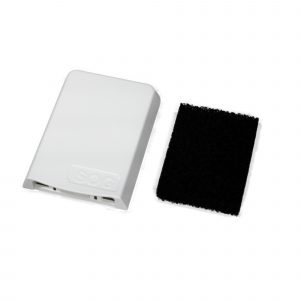
SOG External Filter Set
54,50 €incl. VAT
plus shipping costs
-
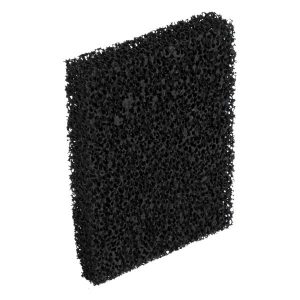
SOG replacement carbon filter
15,00 €incl. 19% VAT
plus shipping costs
Air Head
How does the Air Head dry separation compost toilet work?
The Air Head works quite simply:
The toilet bowl is designed to collect liquid and solid in two separate containers. The urine is collected in a 7 liter tank. The urine container is opaque and can be easily removed from the front for emptying. Urine only begins to smell unpleasant when it comes into contact with water. Since the Air Head works without water, these odors can not even arise during operation of the Air Head. The 18 liter container for solids is filled with a dissolved coconut fiber block before first use. After use, the solids are mixed with the coconut fibers by a manual agitator. An electric fan permanently ventilates the solids container, thus ensuring that the contents dry out. Dry solids do not develop unpleasant odors.
With normal use of the toilet by two people, the urine container must be emptied approx. every two days and the solids container approx. every 4-6 weeks. The toilet bowl can be cleaned after use with diluted vinegar essence (1:10) from a spray bottle, avoid liquid getting into the solid container during cleaning.
Compo Closet
Cuddy™ The portable composting toilet for van, camper and boat
-

Cuddy™ portable composting toilet
595,00 €incl. 19% VAT
Cuddy™ was developed by a Vanlifer for Vanlifers!
Do you want to travel and explore different places? With a portable toilet, you don’t have to worry about finding a clean, safe public restroom or hiding behind a tree.
Until now, the options for your van were limited. Small chemical toilets are convenient and easy to fit in a van, but they use chemicals and waste precious water. More environmentally friendly separation toilets often require more space and are permanently installed.
Cuddy™ changes that! It is the most compact portable composting toilet on the market with all the features of larger models, but more space efficient and at a lower price.
The compact, portable composting toilet hit the European market in October and is available exclusively from campofactum. Get your Cuddy™ now.
Arwinger
The conveniently emptied separation toilet with cassette
Separating toilets are cheap to maintain, work without technology and are almost impossible to break – the perfect companions for any long trip or short excursion. Not only do they do not use expensive chemicals that are harmful to the environment or health, and do not create foul odors, they also provide a crucial piece of independence when on the go. Since no water is used for rinsing, they do not need to be emptied as often, and a disposal station is not needed either.
The good news for all who have a permanently installed plastic toilet of the brand Thetford in the motor home or caravan: With the kit from Arwinger you can easily and professionally convert the existing cassette toilet into a cassette separation toilet. The cassette can then be conveniently removed through the service flap for emptying, as before. Of course, the disposal itself remains as simple and environmentally friendly as with the classic separation toilet.
We offer Arwinger Cassette Separator Toilet Kits for the popular Thetford models.
Frequently asked questions about composting toilets
What is the difference between a separation toilet and a composting toilet?
In a separation toilet, liquid is separated from solid. Our composting toilets also have a separation function, but the main difference from the classic separation toilet is that the “solids” are composted.
The solids tank contains about 8-9 l of Coconut fibers. After #2, the crank is operated several times in both directions, mixing the solids with the coconut fibers. The coconut fibers remove the moisture from the solid material within a very short time. Dry solids do not smell and reduce your volume.
Does a composting toilet smell?
No, composting toilets do not smell! The coconut fibers coat the feces and remove moisture from them. Dry feces can not smell.
Even when the toilet is emptied, there is no unpleasant smell, instead the contents look and smell earthy – like after a long rain in the forest.
Do you have to watch where the urine stream hits?
No, our composting toilets are designed to separate liquid and solid excreta.
When the flap is closed, urine that hits the flap is also directed into the urine container.
How often does a composting toilet need to be emptied?
The urine container should be emptied daily. An adult produces about two liters of urine per day.
The solid waste container filled with coconut fibers must be emptied approximately every three to four weeks when used by two people – depending on the intensity of use. When the cranking becomes increasingly sluggish, it is a sign that it is time to empty the tank.
Where to empty the urine container?
The urine can be disposed of in any toilet.
Where to empty the solids tank
At home, you can put the contents on the compost. The composting process is initiated in the composting toilet, but it will take several months before composting is complete.
If you are traveling or have no means of composting, the contents of the solid waste container can be disposed of in a biodegradable bag in the residual or organic waste.
What do I fill the solids tank with?
We recommend the use of Coconut fibers. They have the property to absorb moisture, but also release it, so that the material dries out with sufficient ventilation.
Sawdust also absorbs moisture, but does not release it and begins to clump and smell unpleasant.
Can I take the used toilet paper to the toilet?
On the one hand it shortens the emptying cycle if the paper is put in with it, on the other hand the toilet paper needs moisture to decompose so that it is still visible when emptied.
If you put the toilet paper in with it, please only single sheets. This reduces the volume and the paper does not get tangled in the agitator.
How do I dissolve a coconut fiber block?
Ideally, one coconut block is placed in a mixing bag with 1 to 1.5 liters of water. mixing bag or another sufficiently large container (at least 8 liters). This one is simply left for several hours. Then knead the closed bag once and the filling for your composting toilet is ready.
How much coconut fiber do I need to fill the solids container?
For use in an air head toilet is a Coconut fiber block just the right amount. About 3/4 block is needed in the Cuddy. The remaining coconut fibers, which have already been dissolved, can simply be washed in the preparation bag be stored.
You also do not have to worry that with the filling of the container is already full. The amount does not increase significantly with each use, because the moisture is removed from the excreta.
Not all coconut fibers are caught and mixed in by the crank handle.
This does not matter and is also intended by the manufacturer. Also, the coconut fibers that remain on the edge remove moisture and protect the container from smudging.
How to clean the toilet bowl?
The toilet bowl can be sprayed with a mixture of vinegar essence and water, which can be placed in a spray bottle sets. Then wipe out with a cloth. During cleaning, please ensure that no liquid enters the solids tank.
The scope of delivery of the Air Head toilet includes Paper insert contain, which are placed in the bowl before doing the big business. The flap is then opened only when you are finished. In this case, gravity pulls the stool into the container and the bowl remains clean.
The Bowl Liner are also compostable.
How do I clean the urine container?
The urine container does not need to be cleaned after each emptying. If after some time urine scale has formed, add some vinegar essence with hot water to the container. Leave to act for a while and empty. Repeat if necessary. Then the container before reuse in the toilet, let dry well.
How do I clean the solids tank?
The solids tank also does not need to be cleaned after each emptying. Only in the case of major contamination, you can simply spray it out with water and let it dry well before further use.
If possible, do not use detergents, as they can destroy the bacteria necessary for composting.
What about diarrhea?
This is, of course, an exceptional situation. First, you can add a little more coconut fiber into the container. If diarrhea persists for several days, it may be necessary to empty the solids container more frequently and fill it with fresh coconut fiber.
Can food scraps or kitchen waste be disposed of in the composting toilet?
Please do not put food scraps or kitchen waste in your composting toilet, this will only attract insects and vermin.

